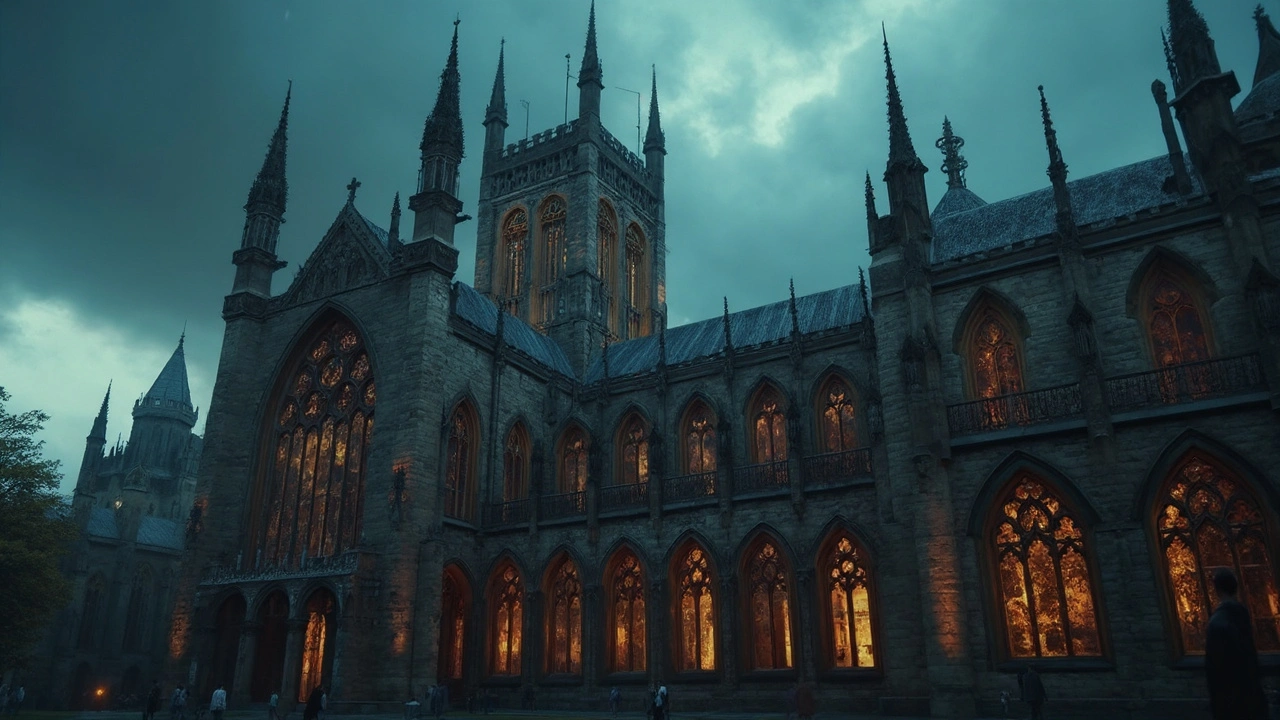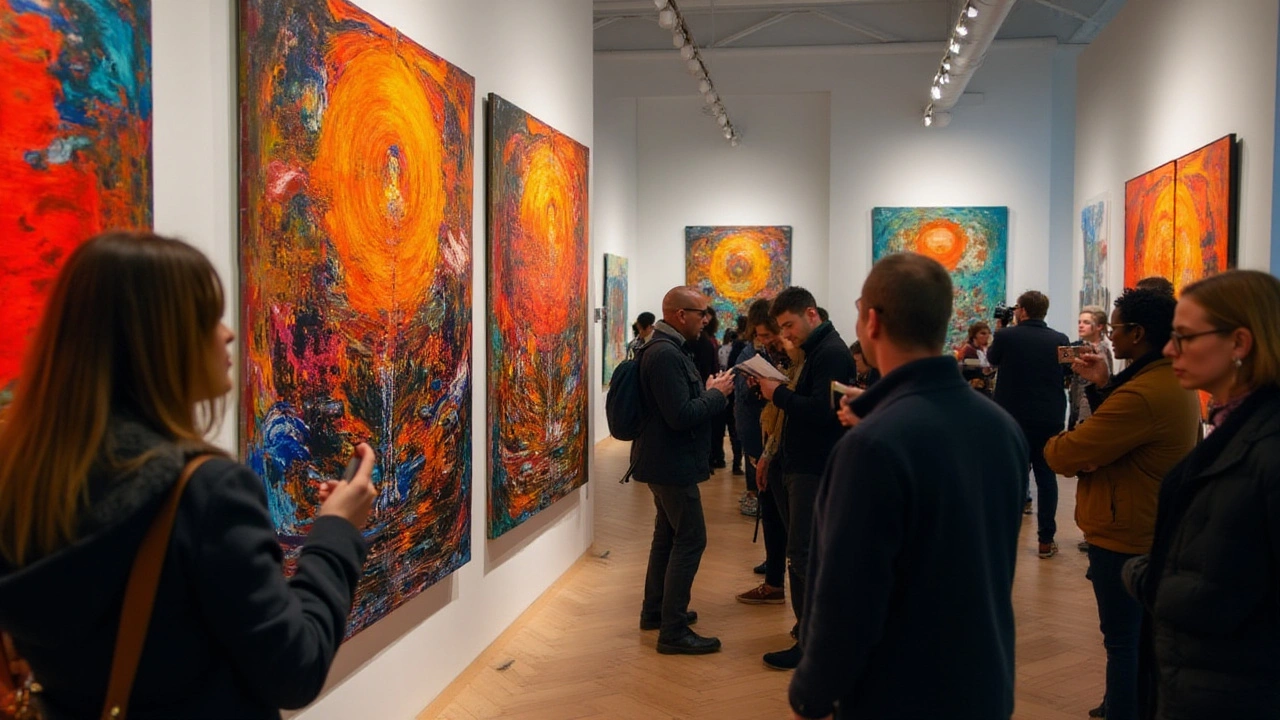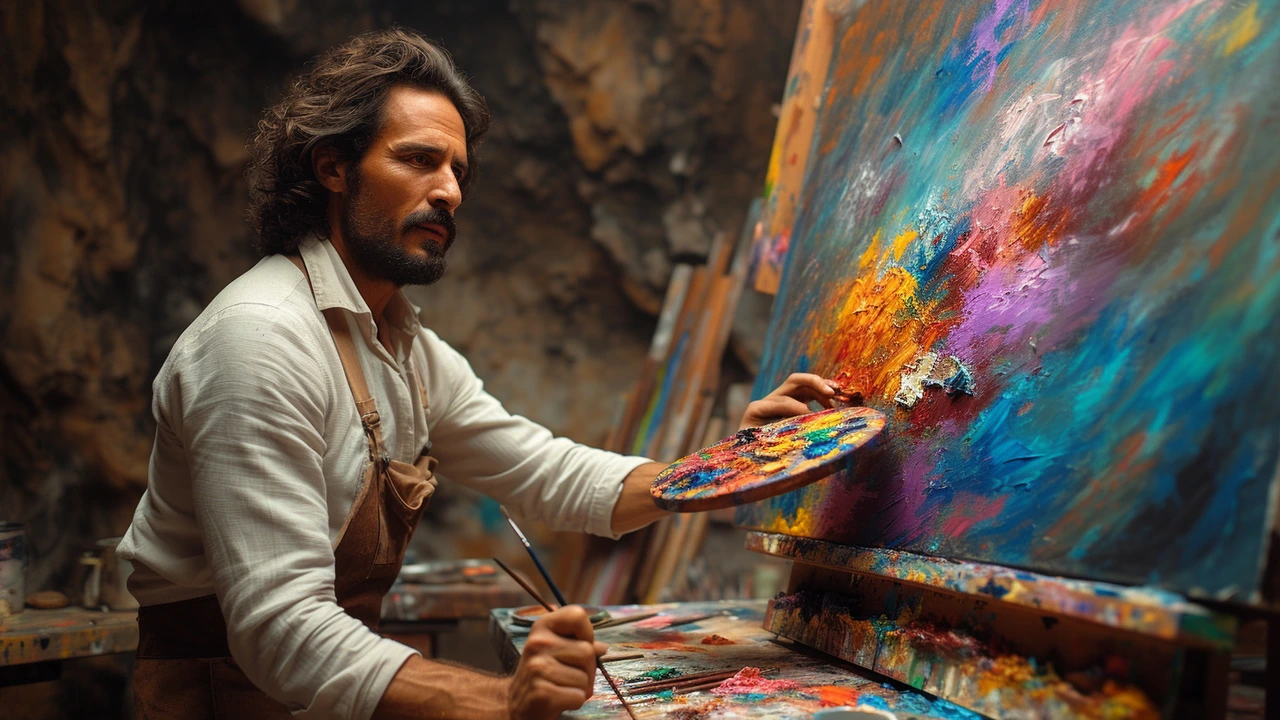Emotional Art: How Feelings Shape What We See
Art that hits you in the chest isn't random. Emotional art is created to stir feelings — joy, grief, rage, calm. You feel it before you can name it. That instant reaction is the point.
Why Emotional Art Matters
Good emotional art connects maker and viewer. Think of a Pollock drip painting or a Caravaggio face lit by sudden light. Those works don't just show technique. They push you into an experience. For artists, this means choosing color, scale, texture, and pace to guide a viewer’s mood. For viewers, it means noticing small choices: a jammed brushstroke, a stark shadow, a repeated shape.
How to Read Emotional Art
Start with your body. Does your breathing change? Do you look closer or step back? That physical response is a clue. Next, name the feeling. Is it nostalgia, anger, loneliness, or wonder? Then ask why the work leads you there. Look at color choices — warm hues warm you up; cold blues pull you away. Check composition — cramped corners feel tense; open space feels free. Notice materials. Rough canvas, glossy photorealism, or a room-sized installation all deliver emotion differently.
How to Make Emotional Art
Pick one clear feeling and limit distractions. If you want sadness, choose a narrow palette, slower brushwork, and smaller scale or distant figures. Want urgency? Use sharp contrasts, quick marks, and large formats. Use references that matter to you — a photograph, a memory, a song. Test the work on real people. Watch their reactions and tweak. Small changes often change the feeling more than you expect.
Practical Tips for Artists and Collectors
- Use color like a tool: map emotions to palettes and keep them consistent.
- Control scale: larger pieces hit harder in public spaces, smaller works invite private reflection.
- Mix styles: photorealism can make emotion feel immediate; abstraction can make it universal.
- Consider context: installation art shifts feelings by changing how viewers move and touch a space.
- Test early: show works in progress and ask simple questions — "What did you feel?" — then act on honest answers.
Where to Look Next
Explore movements that focused on feeling. Abstract Expressionism pushed artists to make raw emotion visible. Baroque art used drama and light to provoke strong reactions. Today's installation and contemporary works layer sensory elements to create full-body experiences. On this site you'll find pieces on these movements and practical guides to use their lessons.
If you want a quick exercise, pick a single emotion, make a small study in 20 minutes using only three colors and one tool, and note how people respond. Repeat and refine.
Try comparing two works: a photorealistic portrait and an abstract expressionist canvas. Sit with each for three minutes and note differences in heartbeat, memory, and language you use to describe them. Doing this trains your emotional eye and helps you make stronger choices in your own work. Read related posts here for step-by-step methods and artist lists that can spark your next piece. Start today. It takes practice. Seriously.



